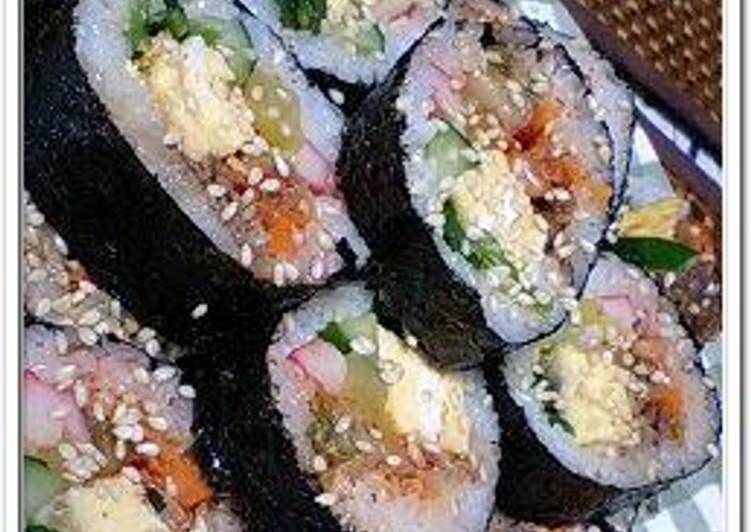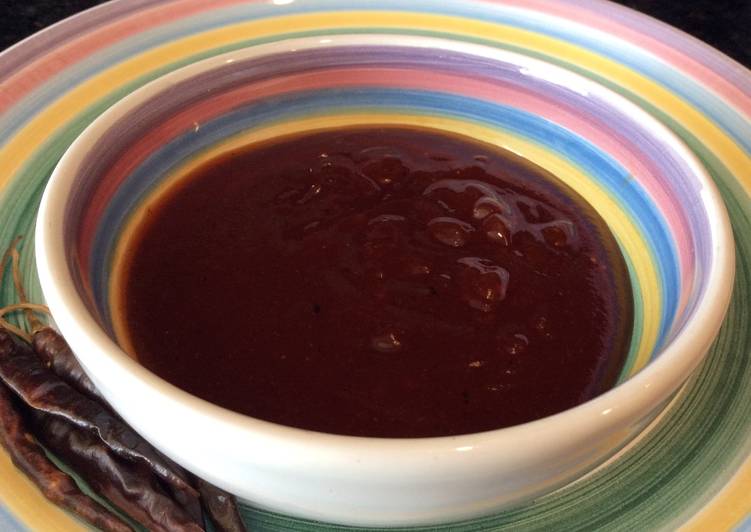
Hello everybody, it is Drew, welcome to our recipe site. Today, we’re going to prepare a distinctive dish, gimbap: korean nori seaweed rolls. One of my favorites food recipes. For mine, I’m gonna make it a little bit unique. This will be really delicious.
Gimbap: Korean Nori Seaweed Rolls is one of the most popular of current trending foods in the world. It’s enjoyed by millions every day. It is easy, it’s quick, it tastes delicious. They are nice and they look wonderful. Gimbap: Korean Nori Seaweed Rolls is something that I have loved my entire life.
Find Deals on Gimbap Seaweed in Baking Supplies on Amazon. You can find seaweed sheets for rice rolls (aka sushi) at Korean/Asian markets. The fillings Although gimbap fillings have evolved to include all sorts of things, the classic ingredients are yellow pickled radish (danmuji), eomuk (fish cake), carrots, spinach, eggs, and beef.
To get started with this particular recipe, we must first prepare a few components. You can cook gimbap: korean nori seaweed rolls using 14 ingredients and 9 steps. Here is how you cook that.
The ingredients needed to make Gimbap: Korean Nori Seaweed Rolls:
- Get 700 grams Plain rice (150 g per roll)
- Get 2 tbsp ○ Sesame oil
- Make ready 2/3 tsp ○ Salt
- Make ready 1 tbsp ○ White sesame seeds
- Take 5 whole sheets Nori seaweed (Japanese type is OK)
- Make ready Fillings of your choice:
- Make ready 1 Takuan (yellow dried and pickled daikon radish)
- Make ready 4 Eggs
- Take 1/2 Cucumber
- Get 1/2 Carrot
- Take 1/3 bunch Spinach
- Take 1 Fish sausage (or imitation crab sticks)
- Get 100 grams Beef
- Make ready 1 Kimchi
Well, all I did was to add ground meat to the filling of the sushi rolls I usually make, and use Korean nori seaweed instead of regular nori seaweed. You can use whatever fillings you. Gimbap Gimbap (김밥) is a Korean dish made from cooked rice and other ingredients that are rolled in gim—dried sheets of nori seaweed—and served in bite-sized slices. Set a kimbap/sushi rolling mat on a work surface.
Steps to make Gimbap: Korean Nori Seaweed Rolls:
- Mix the ○ ingredients into the rice. Alternatively, you can add the sesame oil and salt to the rice before cooking it, and add the sesame seeds to the cooked rice.
- Make the fillings ready. You can use whatever you like or have on hand. I made these with lots of filling. Cut the takuan pickles into 6-7 mm thick slices. Season the eggs with sugar and salt, make tamagoyaki (rolled omelette) and cut into 6 to 7 mm slices.
- De-seed the cucumber and slice lengthwise thinly. Cut the carrot into about the same size, boil then stir fry in a little oil, and season with a little salt. Blanch the spinach, refresh in cold water, squeeze out well and mix with a little sesame oil and salt.
- Cut the fish sausage into 6 to 7 mm thick pieces too. (If you're using crab sticks, split them in half lengthwise.) If you're using thinly sliced beef chop it up and stir fry it, and season with sugar and soy sauce or yakiniku sauce. You can use ground beef too. Squeeze out the kimchi lightly.
- Spread a sheet of nori seaweed as thinly as possible with rice. Be sure not to put any rice on the edges, which will overlap.
- Add the fillings, and roll up fairly loosely.
- When the rolls are made, brush the surfaces with a little sesame oil. Put some salt on your hands and spread it lightly over the surface too. Sprinkle on some sesame seeds to taste. If possible, keep them wrapped in plastic wrap for a while to allow the rolls to soften and meld.
- Cut into about 1 cm wide (rather thin) slices and they're done! Wipe your knife with a moistened kitchen towel while cutting in order to have nice looking slices. (This is a no-kimchi version.)
- This is a kimchi version. Kimchi and rice together is sooo good!
Set a sheet of nori on top of it. Wearing plastic gloves, place a portion of rice on the seaweed sheet and use both hands to spread it evenly all over, leaving about one or two inches of the sheet exposed at the top edge. In the centre of the rice, place all the fillings in neat rows. Be careful not to over fill the gimbap. Starting from the bottom, roll up the mat.
So that is going to wrap this up for this exceptional food gimbap: korean nori seaweed rolls recipe. Thanks so much for reading. I’m sure you will make this at home. There is gonna be more interesting food at home recipes coming up. Remember to bookmark this page in your browser, and share it to your loved ones, colleague and friends. Thank you for reading. Go on get cooking!

